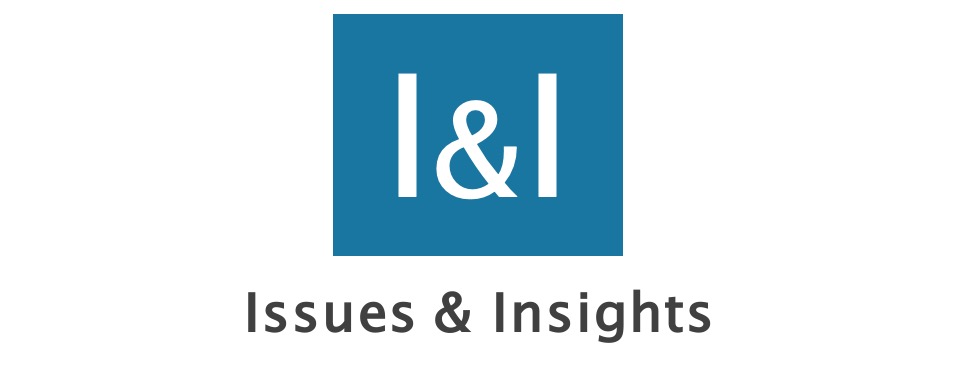This nation’s most influential opinion-shapers tell us diversity is an unalloyed good, so self-evidently virtuous that it cannot be questioned. It’s simply a given that every decent person has to support diversity and even the slightest departure from the orthodoxy is heretical.
Universities have become the temples of diversity. They are so committed to the idea that they hand out millions in salaries every year to administrators charged with promoting inclusivity, equity, academic access, and a “welcoming environment” on school grounds. At the University of California, Los Angeles, for instance, the 2017 payroll for its five diversity offices was $3.2 million, according to Campus Reform. Diversity administrators at the University of California, Berkeley, were paid $2.3 million that same year. The diversity-focused employees at the University of California, San Francisco, make more than $2 million a year.
Meanwhile, several schools in the University of California system are requiring math professor candidates to include a “diversity statement” in their applications, listing “past and/or potential contributions to diversity, equity, and inclusion.”
To wonder in 2019 why so much effort is being expended on programs that have zero academic value is to be a subversive. Still, it’s a fair question.
Despite the popular culture’s obsession with diversity, at least as it is currently understood, history shows it can be counterproductive.
“Emphasizing diversity has been the pitfall, not the strength, of nations throughout history,” Victor Davis Hanson, a Hoover Institution senior fellow, a former classics professor, and a California farmer, wrote a few years ago in Investor’s Business Daily.
“The Roman Empire worked as long as Iberians, Greeks, Jews, Gauls and myriad other African, Asian and European communities spoke Latin, cherished habeas corpus and saw being Roman as preferable to identifying with their own particular tribe. By the fifth century, diversity had won out but would soon prove a fatal liability.
“Rome disintegrated when it became unable to assimilate new influxes of northern European tribes. Newcomers had no intention of giving up their Gothic, Hunnish or Vandal identities.”
If diversity can rip nations apart, how toxic is to higher education?
Though diversity in the academy is “purported to be about bridge-building and broadening people’s experiences,” Heather Mac Donald wrote in “The Diversity Delusion: How Race and Gender Pandering Corrupt the University and Undermine Our Culture,” it instead “has had the opposite effect: dividing society, reducing learning, and creating an oppositional mind-set that prevents individuals from seizing the opportunities available to them.”
In an interview with City Journal editor Brian Anderson, Mac Donald identifies a “massive diversity bureaucracy” on campuses “devoted to cultivating students’ evermore arcane species of self-involvement and evermore preposterous forums of self-pity.”
Of course, this comes at a cost.
“Do you want another reason for astronomical tuition?” she asked. “Look no further than” that “massive diversity bureaucracy” that has become as central to some universities as their English, math, and history departments.
There are academic costs, as well. Pressure to produce a more diverse student spectrum in the fields of science, technology, engineering, and mathematics is forcing schools to drop the scholastic bar.
“All across the country the big question now in STEM is how can we promote more women and minorities by ‘changing’ (i.e. lowering) the requirements we had previously set for graduate level study,” Mac Donald wrote in her book.
Educational outcomes will never be improved by hoping that directing females into the STEM fields will eventually yield equity and equality. According to Mac Donald, gender differences, not “gender bias and cultural conditioning,” are responsible for gaps, which can’t be closed by a political agenda. That’s because, Mac Donald has explained, “there are 2.5 males in the top .01 percent of math ability for every female in that category.” Please pardon the expression, but the math doesn’t work.
At its core, educational diversity should mean exposure to a wide variety of voices. But the marketplace of ideas has been virtually abolished from California college campuses. Speakers who don’t meet the approval of social justice warriors are hounded off the grounds. Commencement addresses are the private domain of left-of-center politicians, or journalists, celebrities, and activists allied with them. Diversity in the academy demands censorship. Openness has been crushed.
At the same time, state public school faculties indoctrinate the youth. Teachers compare President Trump to Adolf Hitler, and prepare anti-Trump lesson plans that smear him as racist and sexist. “History and social studies curriculum framework is weighted overwhelmingly toward” the Democrat-Progressive political agenda, says the Pacific Research Institute’s Lance Izumi.
Schools and universities desperately need diversity – but diversity of thought and opinion, not a contrived structure that conditions, divides, and ultimately shuts down exposure to views that don’t line up with the current narrative.
Issues & Insights is a new site formed by the seasoned journalists behind the legendary IBD Editorials page. We’re just getting started, and we’ll be adding new features as time permits. We’re doing this on a voluntary basis, because we believe the nation needs the kind of cogent, rational, data-driven, fact-based commentary that we can provide.
Be sure to tell all your friends! And if you’d like to make a contribution to support our effort, feel free to click the Tip Jar over on the right.





 Using these vague “policy violations,” Google is now threatening to demonetize us. It’s part of Big Tech’s effort to silence conservative voices.
Using these vague “policy violations,” Google is now threatening to demonetize us. It’s part of Big Tech’s effort to silence conservative voices.